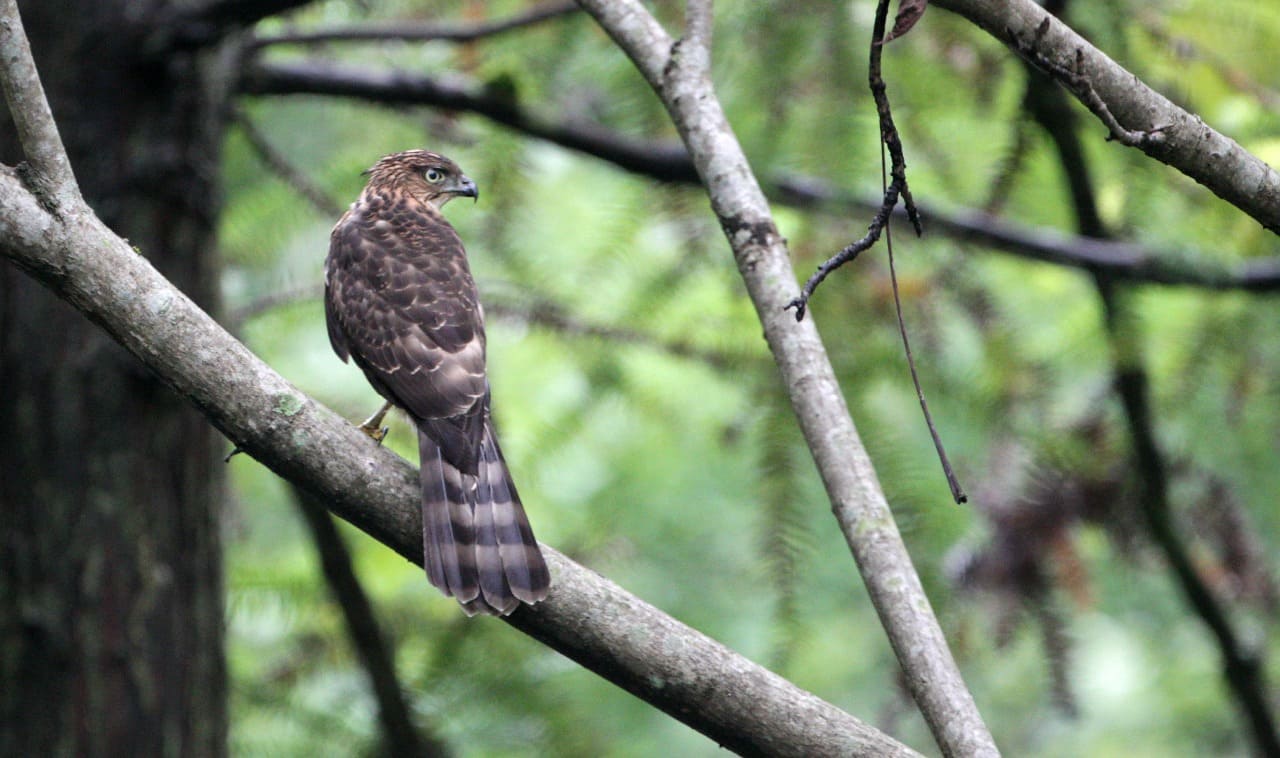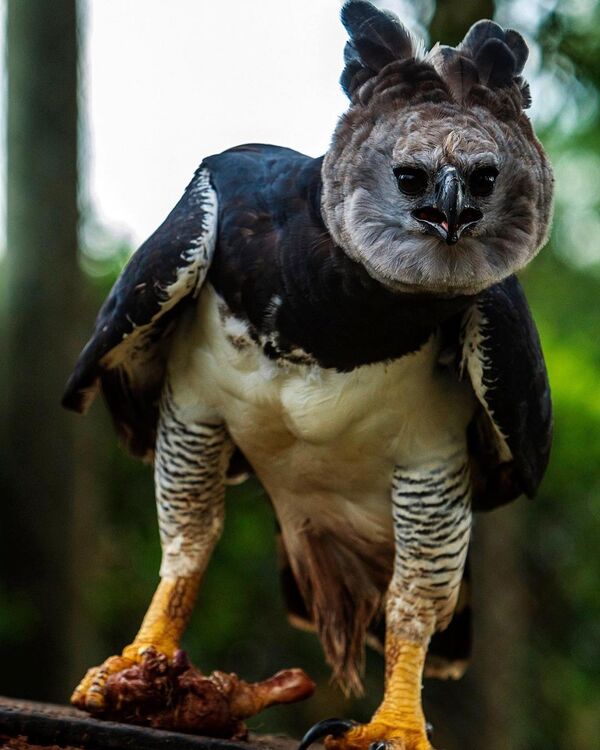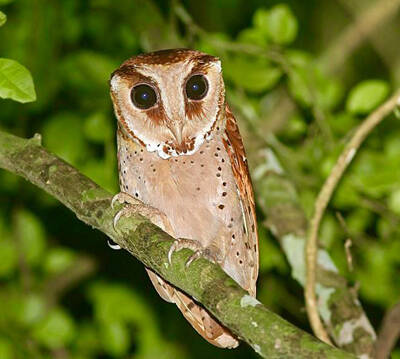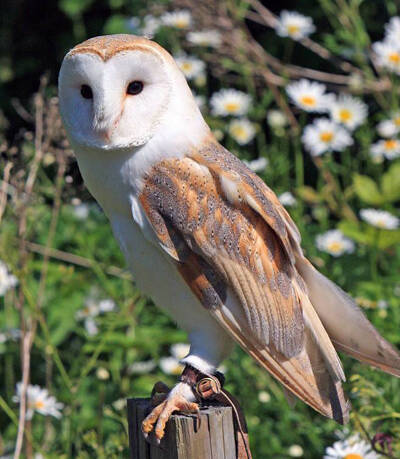Asio flammeus
IUCN
LCBasic Information
Scientific classification
- name:Asio flammeus
- Scientific Name:Asio flammeus,Short-eared Owl,Night owl, owl, field cat king, short-eared owl, small-eared wood rabbit
- Outline:Raptor
- Family:Strigiformes Owl
Vital signs
- length:34.4-39.8cm
- Weight:251-450g
- lifetime:About 10-20 years
Feature
It is one of the most widespread owl species.
Distribution and Habitat
Distributed in Afghanistan, Albania, Algeria, Argentina, Armenia, Austria, Azerbaijan, Bahrain, Bangladesh, Belarus, Belgium, Bolivia (Plurinational State), Bosnia and Herzegovina, Brazil, Bulgaria, Canada, Cayman Islands, Chile, China, Colombia, Croatia, Cuba, Cyprus, Czech Republic, Denmark, Dominican Republic, Ecuador, Egypt, Eritrea, Estonia, Ethiopia, Malvinas Islands, Faroe Islands, Finland, France, French Guiana, Georgia, Germany, Greece, Guam, Guatemala, Guinea, Guyana, Haiti, Hungary, Iceland, India, Iran (Islamic Republic of), Iraq, Ireland, Israel, Italy, Japan, Jordan, Kazakhstan, Democratic People's Republic of Korea, Republic of Korea, Kuwait, Kyrgyzstan, Lao People's Democratic Republic, Latvia, Lebanon, Libya, Lithuania, Luxembourg, Macedonia, Maldives, Mali, Malta, Marshall Islands, Mauritania, Mexico, Federated States of Micronesia, Moldova, Mongolia, Montenegro, Morocco, Myanmar, Nepal, Netherlands, Northern Mariana Islands, Norway, Oman, Pakistan, Palestin
Appearance
The ears are short and not exposed, dark brown with brown feather edges. The face plate is obvious, with black around the eyes, white spots in front of the eyes and inside the eyebrows, and the rest of the face plate is brownish-yellow mixed with black feather lines. The wrinkled collar is white, and the feather tips have slightly fine dark brown spots. The surface of the upper body, including the wings and tail, is mostly brown, and is covered with broad dark brown feather trunk lines; the vertical stripes on the shoulders and third-level flight feathers are thicker, and branches appear on both sides of the stripes to form horizontal spots, and the outer feathers are also decorated with White spots; the small coverts on the wings are dark brown and dotted with brown-red spots; the middle coverts and large coverts are also dark brown, with large white eye-like spots on the outer flaps; the primary coverts are almost pure dark brown, sometimes decorated with brown spots ; The outer prim
Details
Short-eared Owl, also known as Short-eared Owl in English, has 10 subspecies.
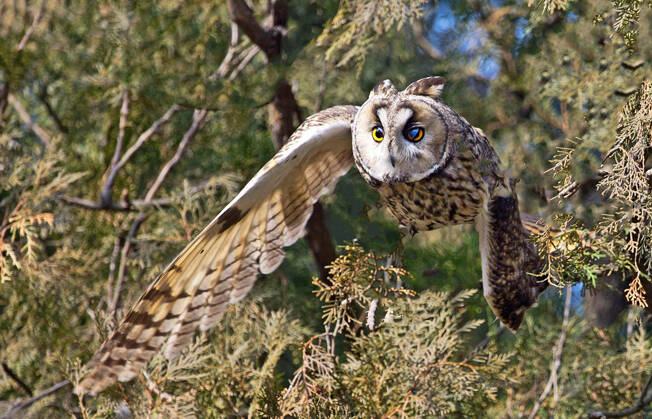
Short-eared owls mainly feed on rodents, but also eat small birds, lizards and insects, and occasionally eat plant fruits and seeds.
Short-eared owls are winter migratory birds and resident birds in eastern Inner Mongolia, Heilongjiang and Liaoning, and winter migratory birds in other provinces and regions.
The breeding season of short-eared owls is from April to June. Usually nests in grass near swamps, and also nests in rotten wood holes in secondary broad-leaved forests. The nest is usually made of dead grass. Each nest lays 3-8 eggs, occasionally up to 10, or even 14, but usually 4-6. The eggs are white, oval, and 38-42 mm × 31-33 mm in size. The female bird incubates the eggs, and the incubation period is 24-28 days. The chicks are late-maturing, and can fly after being fed by the parents for 24-27 days after hatching.
Listed as a Class II protected animal in the Washington Convention.
China's national key protection level: Class II.
Listed in the 2012 IUCN Red List of Threatened Species ver 3.1 - Least Concern (LC).
Listed in the second level of the China National Key Protected Wildlife List.

